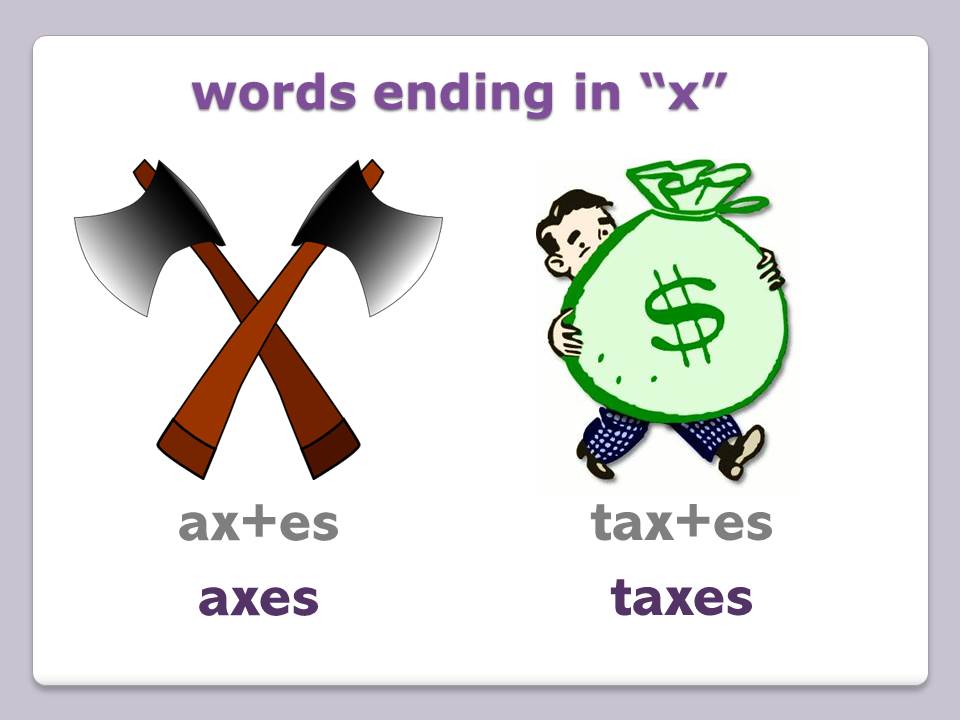
#X WORD VERBS HOW TO#
If a verb ends in -ie change 'ie' to 'y' then add -ing.Ĭlick here to learn how to form the present continuous, past continuous, future continuous, present perfect continuous, past perfect continuous and future perfect continuous tenses. The meaning of 'put up' in this context is to let someone. For example: We can put you up for the night. Other phrasal verbs have a figurative or idiomatic meaning.

For example: She was walking across the street when she saw a bear. Some phrasal verbs have a literal meaning.

happen - happening (HAPP / en = first syllable is stressed not the last) Phrasal verbs are generally used in spoken English and informal texts.benefit - benefiting ( be / NE / fit = second syllable is stressed not the last).However, when the last syllable is not stressed, just add -ing as usual. forget - forgetting (for / GET = the last syllable is stressed).begin - beginning (be / GIN = the last syllable is stressed).When verbs ending in ending in CVC (consonant vowel consonant) have two or more syllables, double the last consonant if the last syllable is stressed. However, do not double the consonant for verbs that end in w, x or y.

Notice these verbs end in CVC (consonant vowel consonant). If the verb has one syllable and ends with CVC (a consonant + vowel + consonant), we double the final consonant before adding the -ing ending: Spelling: Short one-syllable verbs ending in CVC With verbs ending with a long -e sound, add -ing as you normally would: Note that these verbs the -e sound at the end is silent. Verb-ing Spelling Changes: Verbs that end with one -eįor verbs that end with one -e, drop the -e and add -ing. With the continuous (progressive) tenses as there are some -ing spelling changes so you need to be careful.


 0 kommentar(er)
0 kommentar(er)
